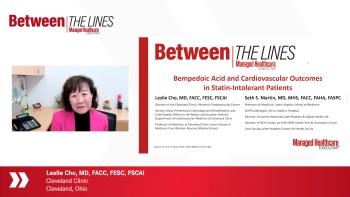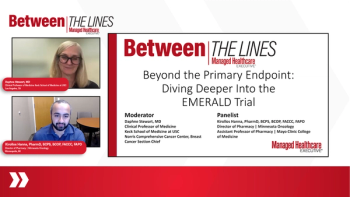
The EMERALD trial established elacestrant as an effective, well-tolerated oral SERD offering improved outcomes for ESR1-mutated, ER+/HER2– metastatic breast cancer, particularly in endocrine-sensitive and chemotherapy-naive populations.

The EMERALD trial established elacestrant as an effective, well-tolerated oral SERD offering improved outcomes for ESR1-mutated, ER+/HER2– metastatic breast cancer, particularly in endocrine-sensitive and chemotherapy-naive populations.
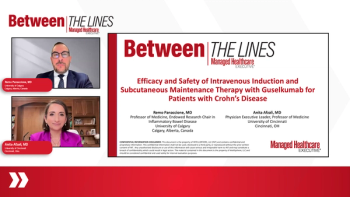
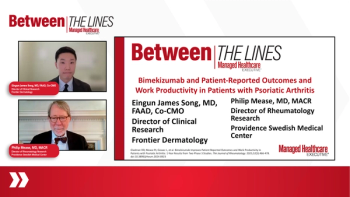
Eingun James Song, MD, FAAD, Co-CMO; and Philip Mease, MD, MACR, discuss how bimekizumab’s dual IL-17A and IL-17F inhibition mechanism addresses the multidomain nature of psoriatic arthritis by significantly improving patient-reported outcomes, including pain, fatigue, work productivity and quality of life, as demonstrated in the BE OPTIMAL and BE COMPLETE phase 3 clinical trials.
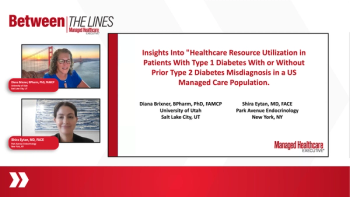
Diana Brixner, BPharm, PhD, FAMCP, and Shira Eytan, MD, FACE discuss how misdiagnosis of type 1 diabetes as type 2 diabetes leads to significantly increased healthcare resource utilization, with 31% of type 1 patients having been previously misdiagnosed with type 2 diabetes, resulting in more hospitalizations, emergency visits, and ineffective treatments before receiving proper autoantibody testing and insulin therapy.

Eric K. Singhi, M.D.,and Ben Creelan, M.D., discuss how over the past 5 years, PD-1 inhibitors have reshaped first-line therapy for advanced non-small cell lung cancer (NSCLC), improving survival outcomes. Biomarkers like PD-L1 and patient characteristics guide treatment choices. New data on cemiplimab enhances decision-making, balancing efficacy with quality of life.

Gary M. Owens, MD, and Lawrence Eichenfield, MD, discuss how an atopic dermatitis therapy demonstrates significant clinical efficacy through targeted JAK inhibition, providing sustained symptom relief, reduced healthcare utilization, and decreased steroid dependency across diverse patient populations as evidenced by 18-month retrospective claims analysis.

Timothy Mok, PharmD, BCPS, BCOP, and Gabriela Hobbs, MD, review findings from the MAJIC-PV study and offer insights on the evolving treatment of patients with polycythemia vera who have hydroxyurea intolerance or resistance.
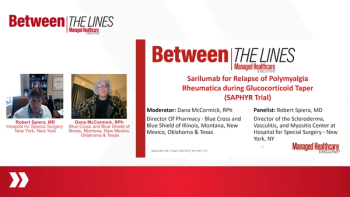
The SAPHYR trial unveils serilumab's potential as a steroid-sparing option for refractory Polymyalgia Rheumatica, positively impacting patients, providers, and payers. Robert Spiera, MD, and Dana McCormick, RPh, discuss how Serilumab could reduce steroid-related side effects in these patients.
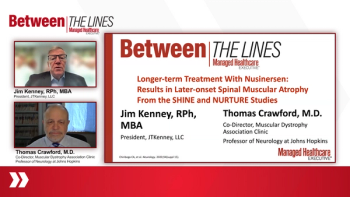
Experts discuss two analyses of nusinersen in a journal club fashion by covering study background, methods, results, and takeaways.
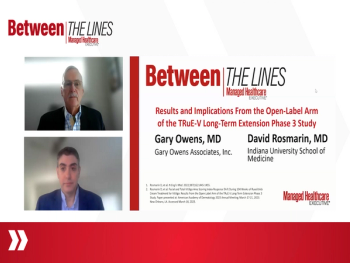
Gary Owens, MD, and David Rosmarin, MD, highlight key takeaways in vitiligo treatment as produced by the TRuE-V studies.
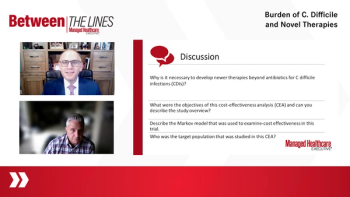
Experts discuss Rebyota and the cost effectiveness of treating C. Difficile.
